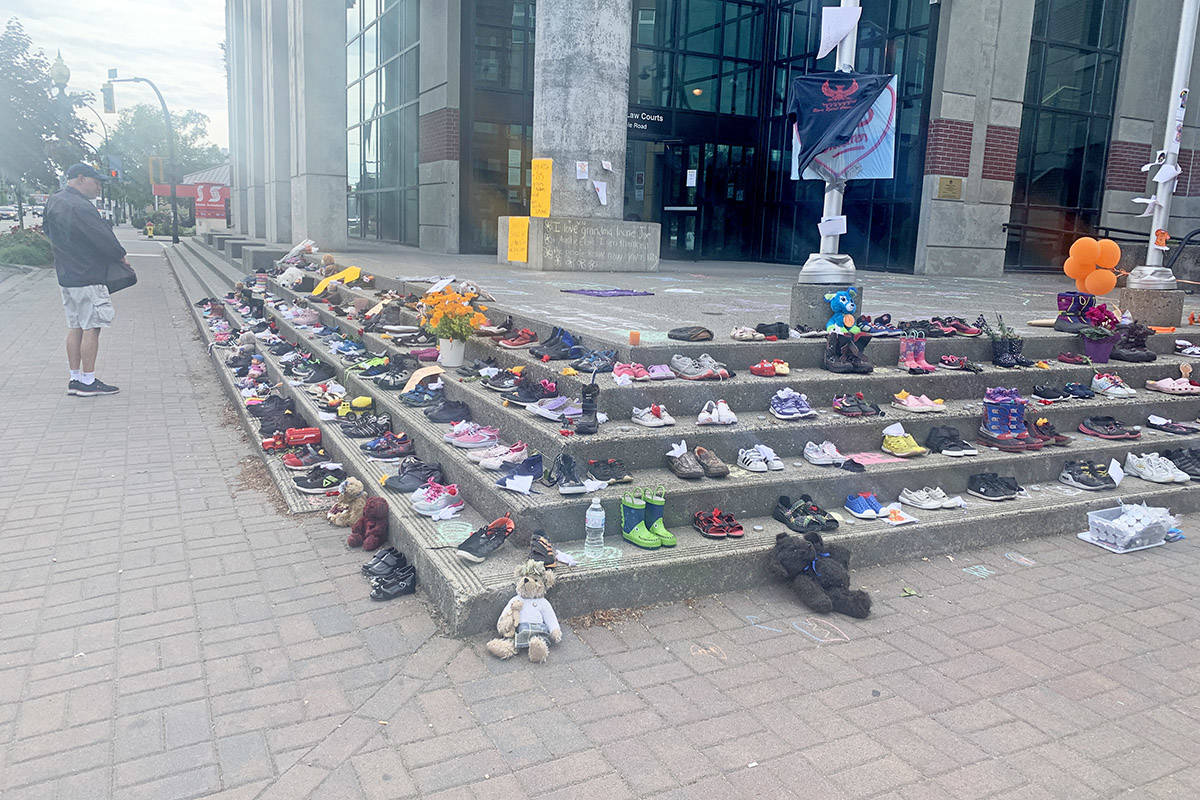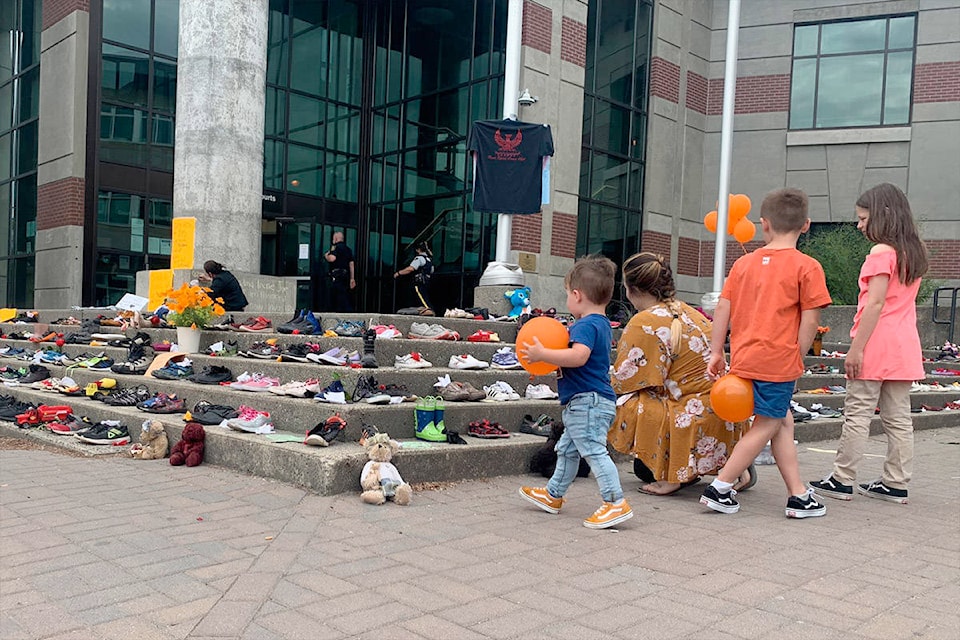Warning: The following story contains details some readers may find distressing.
When Keith Carlson heard about the discovery of 215 childrens’ graves on the site of the Kamloops Indian Residential School, his heart broke. But sadly, he wasn’t surprised.
“The fact that there were 215 graves, and maybe more, surprised me in the sense that it is bigger than I would have expected,” Carlson said.
As a historian who has worked alongside the Stó:lō people since 1992, Carlson has heard horrible tales about the abuses suffered by Indigenous children at residential schools.
“An elder from Soowahlie First Nation told me about a time he was in Chilliwack in the early decades of the 20th century, walking by the grounds of the Coqualeetza Residential School,” Carlson recalled. “He told me that the groundskeeper had tied up a student to a horse-wagon and was horse-whipping him, publicly, for other kids to see.”
He relayed another story about young Indigenous boys being kidnapped by American miners, literally stolen away from their families and taken to California in 1858.
“We have historical records that some of those boys who were six or seven years old when they were taken, they found their way back to the Fraser Valley, on their own, 30 years later,” Carlson said. “And some of them died and were buried in California. We’ve found one gravesite in Sacramento, and something like that speaks to Kamloops not being an isolated story. There is a deep history of these children being taken away and not returned to families who were desperate to find out what happened to them.”
Carlson is waiting for more details on the Kamloops discovery, and the answers to many questions.
How old are the bodies? How recently were they buried and most importantly, how did they die?
It’s possible, he noted, that they could have been victims of smallpox in the late 19th century, or the Spanish Flu epidemic of the early 1900s.
“You could see how there could be deaths, and you could see how children who came to the school from remote communities without regular road or rail access could be buried at the school in the winter months rather than transported home,” Carlson said.
“But if that’s the case, and I give them every benefit of the doubt, I’m left wondering why this wasn’t a well-tended cemetery? Why wasn’t this a peaceful place of last repose for children who died tragically in someone’s care?”
To Carlson, that suggests something “dark,” but without facts it’s all speculation.
What the Kamloops discovery might do, in a tragic but effective way, is make things more ‘real’ for people who are aware of residential schools, and know Indigenous children experienced terrible things in those places, but have only the shallowest understanding of what actually happened.
And it might be the catalyst for society as a whole to reflect on how it was allowed to happen.
“What happened to the people who ran those schools? The governments that funded that school? To the society that endorsed and voted for the people who created those schools?’” Carlson asked.
“How did we absolve ourselves somehow of the responsibility to care for those children, not just in life but also in death, caring for those burial sites, preserving and remembering.
“As a human being, it hurts that we could allow that to happen.”
The Indian Residential School Survivors Society is offering toll-free 24-hour telephone support for survivors and their families at 1 (866) 925-4419. Alternately, you can reach out the KUU-US Crisis Line Society 24-hour line at 1-800-588-8717.
eric.welsh@theprogress.com
Like us on




